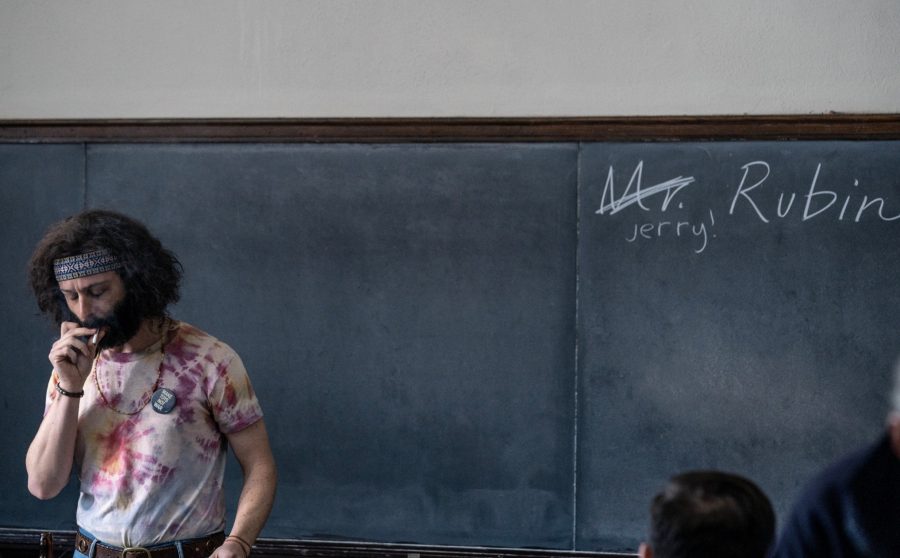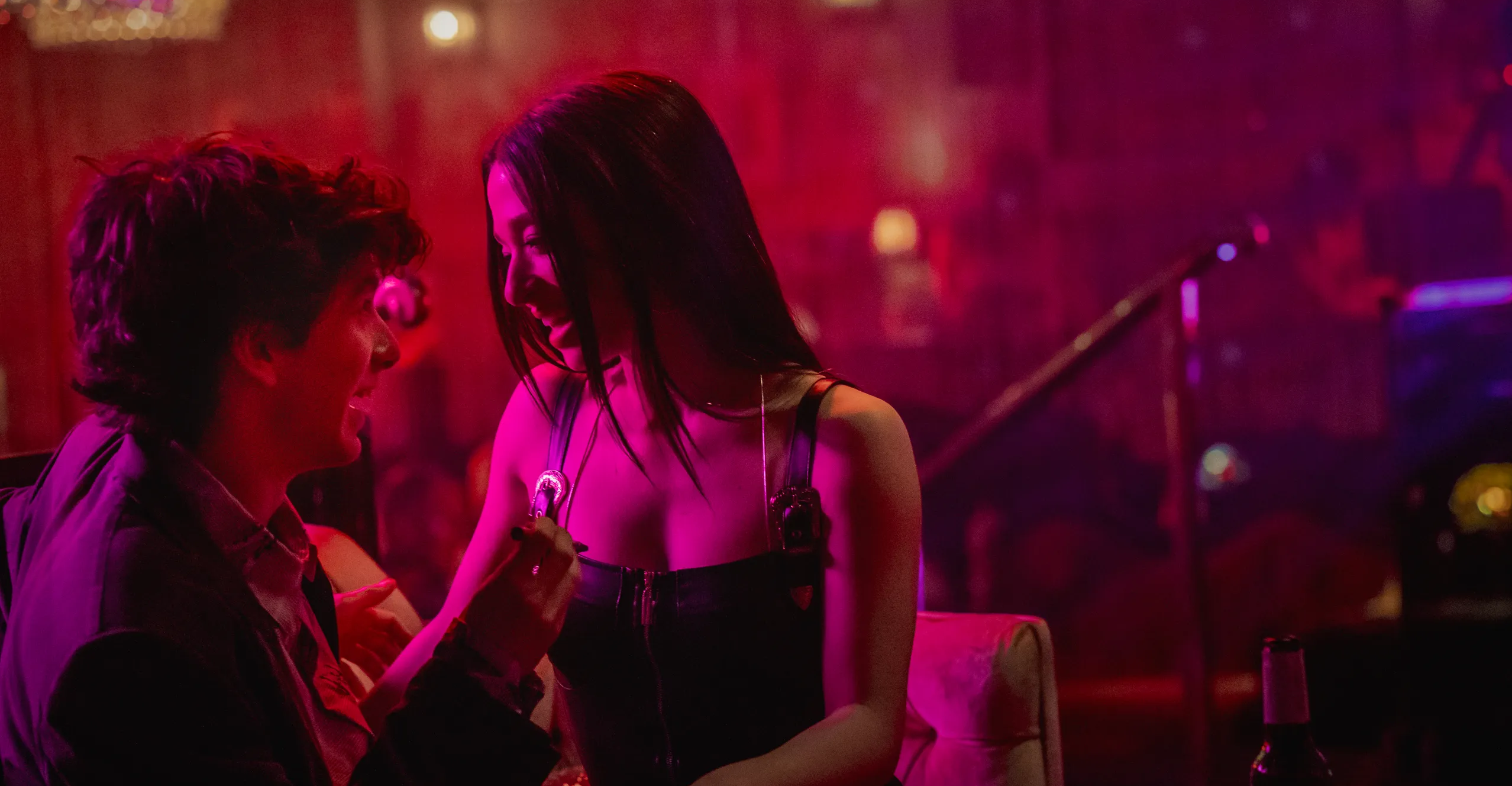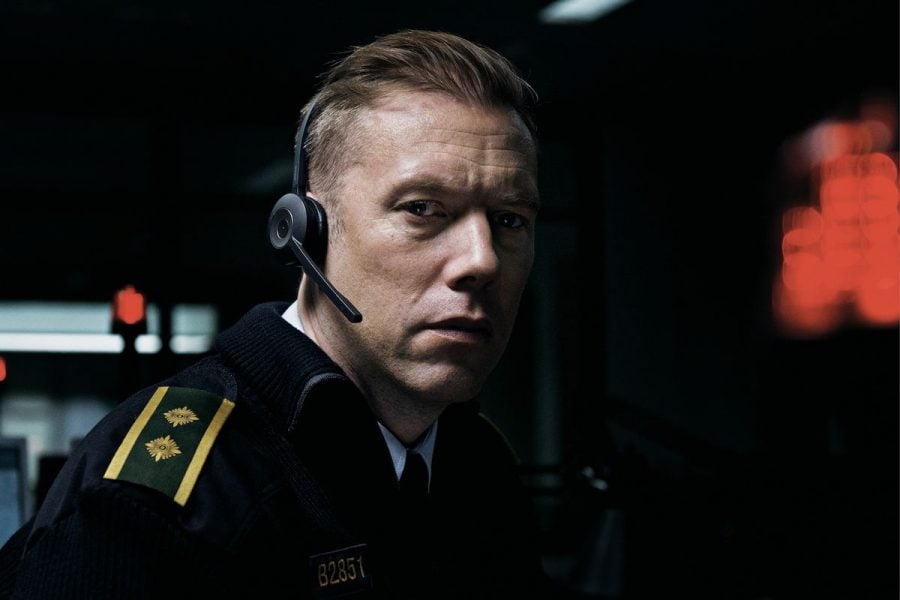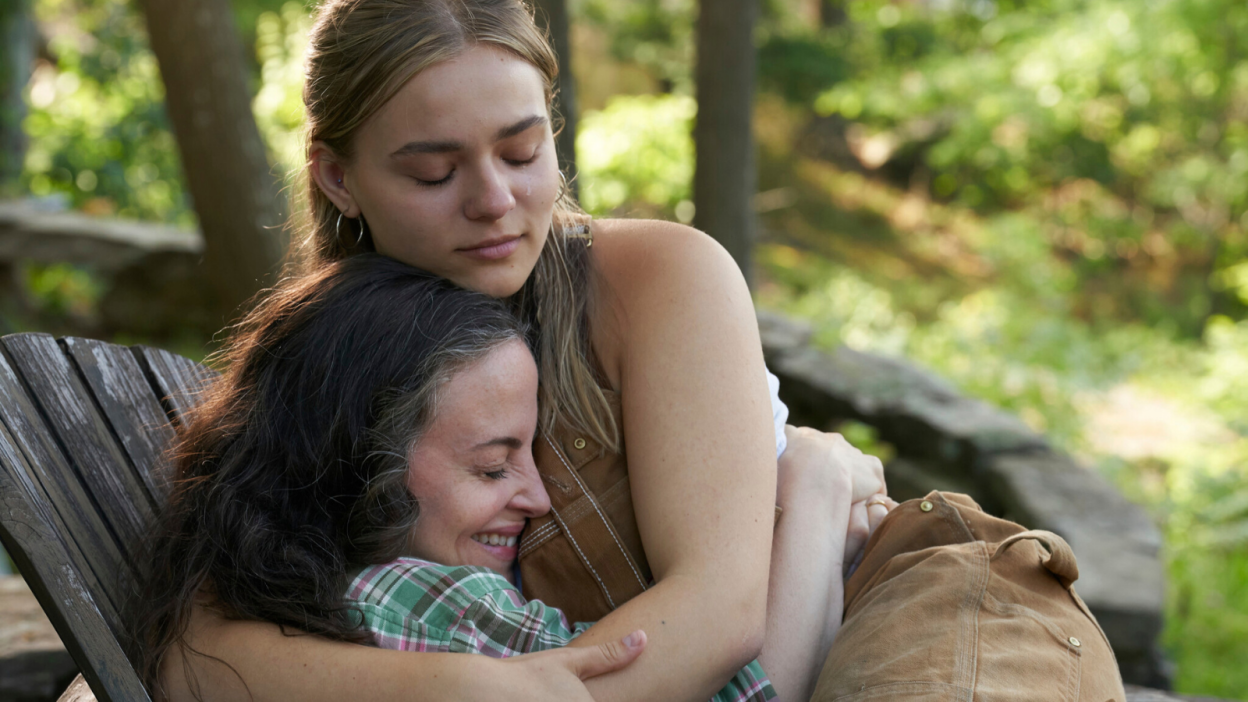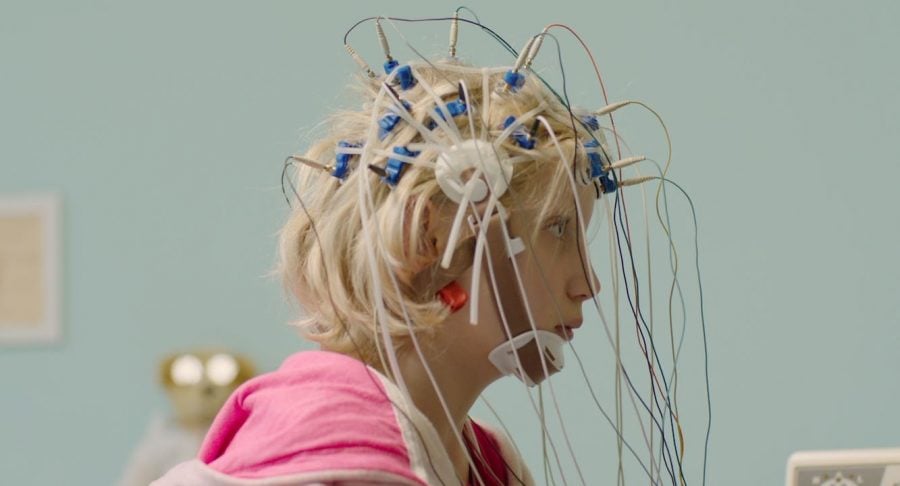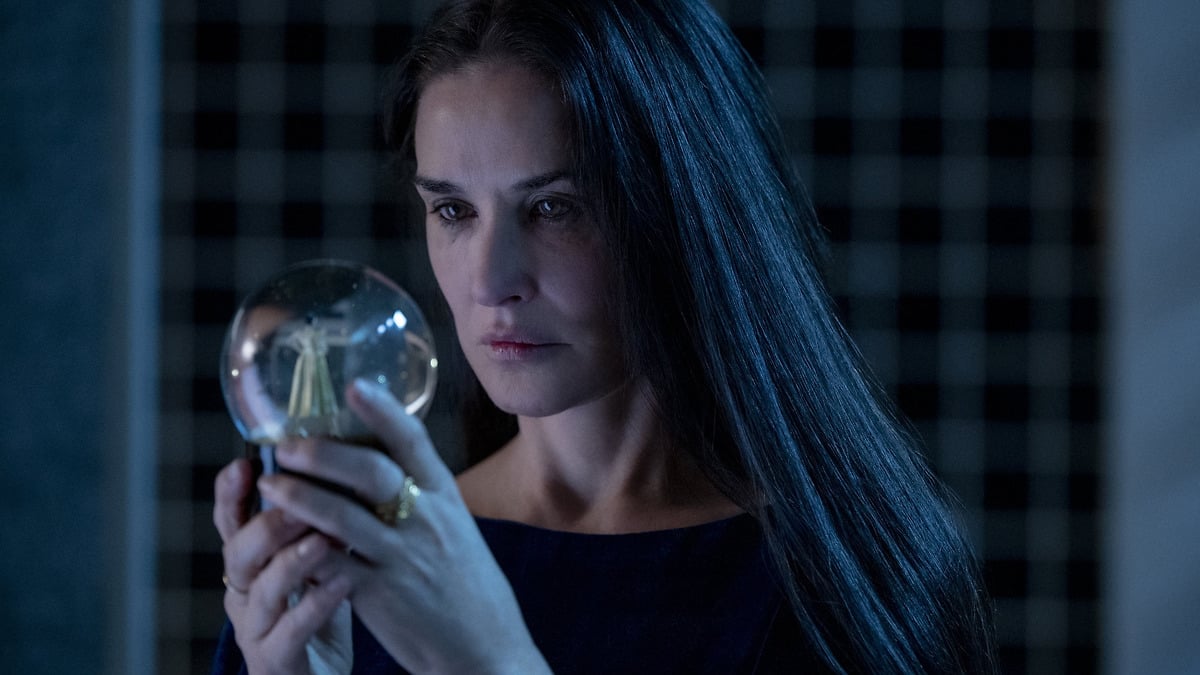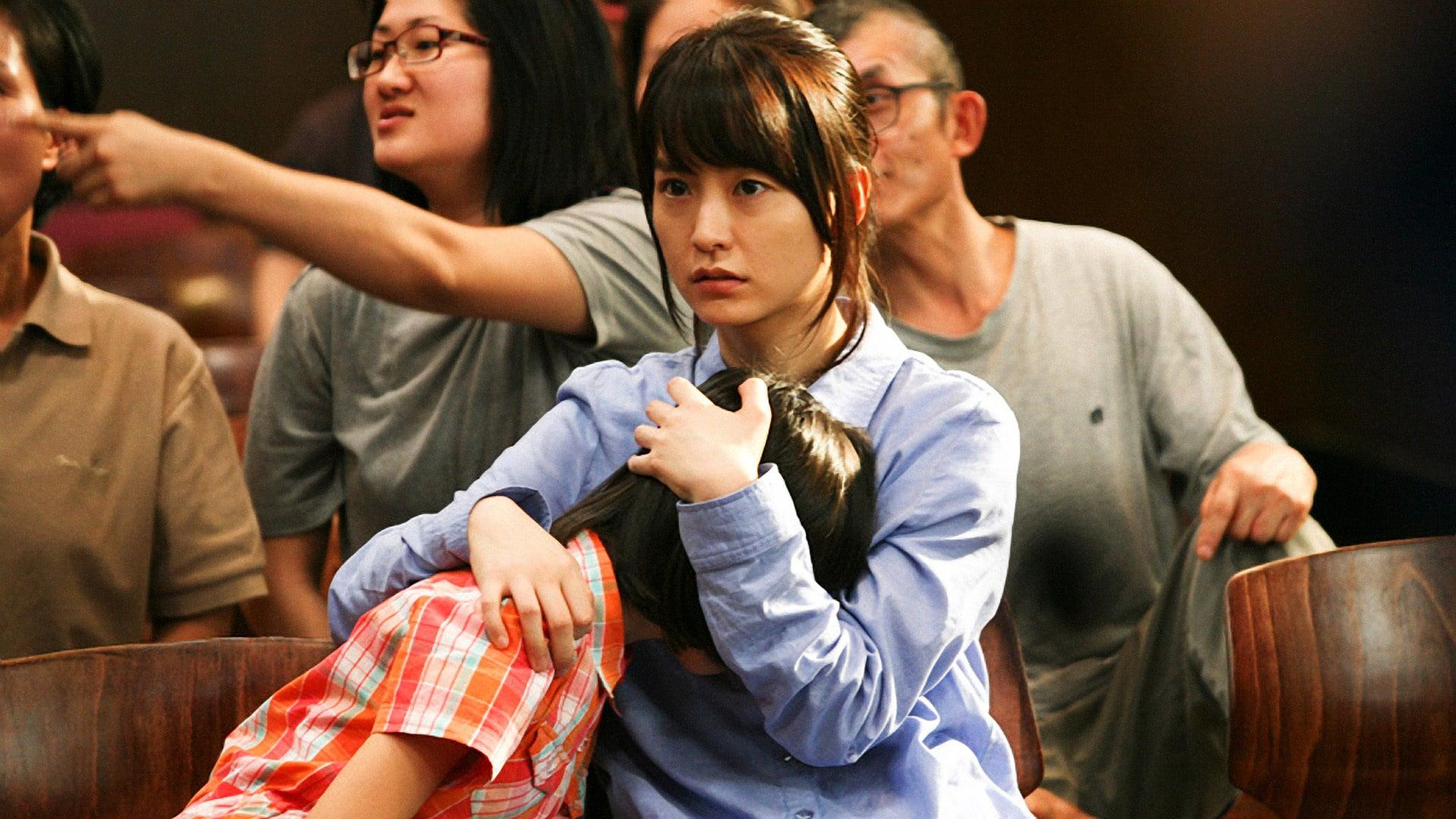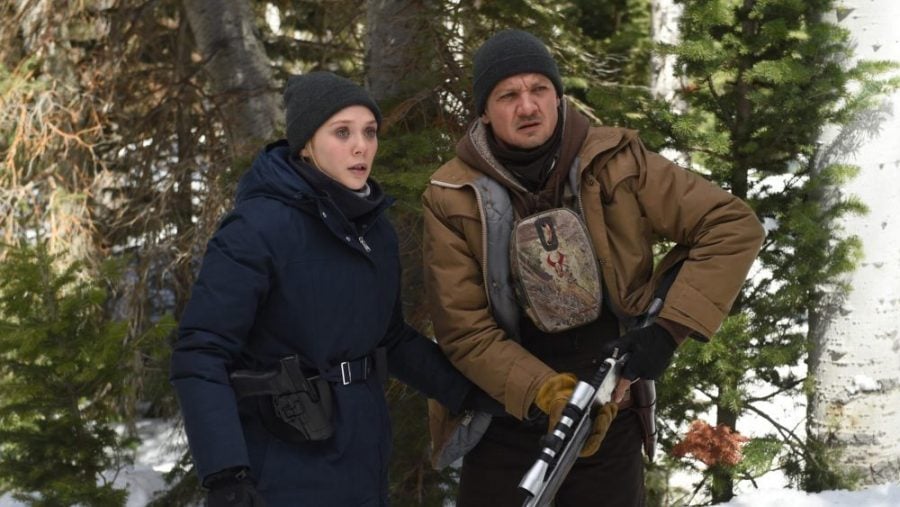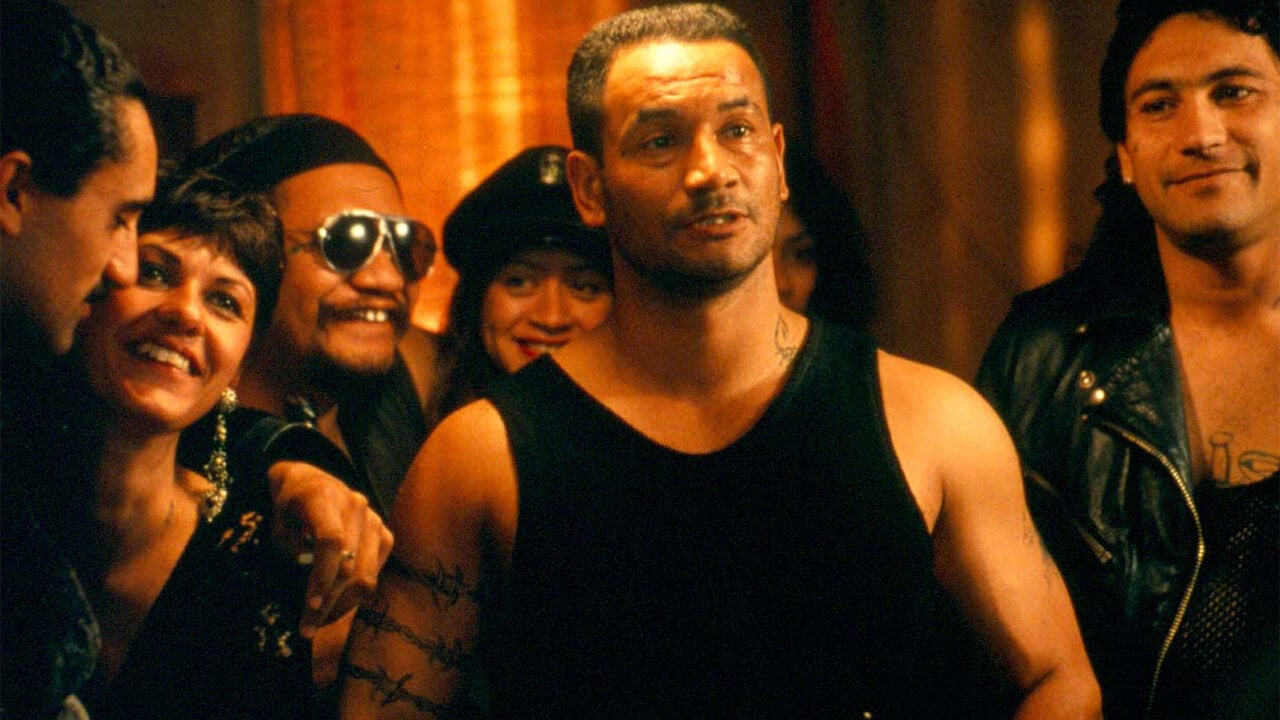American Graffiti (1973)

7.2
Simple, sweet, and nostalgic, George Lucas’ first film will have you sighing about the good-bad old days
Movie
United States of America
English
Comedy, Drama
1973
GEORGE LUCAS
Bo Hopkins, Candy Clark, Charles Martin Smith
110 min
TLDR
This is one of those films that has you going “Nothing happens, and yet everything happens.”
What it's about
In 1962, teenage friends cruise around their town—some of them for the last time—during their last night of summer vacation.
The take
American Graffiti captures a very specific time in America; in fact, it’s so specific it feels more like a time capsule or a historical artifact than a movie. It’s a picture of 1962, Modesto, California, the setting of writer-director George Lucas’ own childhood, where kids would cruise aimlessly on Main Street and pick fights or girls, listen to the radio, mess around, be young, and have nothing else to worry about. It’s been described as the last breath of innocence, before America was plunged into new and neverending world wars. But as particular as that all sounds, American Graffiti is oddly relatable. I couldn’t be farther away from this reality and yet I felt a deep pang in my chest when the kids lied about owning a car to impress a girl, raced a guy who provoked them, fooled around with strangers, and promised they’d be friends with each other after their last night together, knowing full well college was the start of the end. American Graffiti may capture a specific time in history, but its themes of childhood innocence and adult nostalgia run deep and wide. Anyone who’s longed to return to simpler times will find much to like in this film.
What stands out
Yep, that’s a young Harrison Ford, pre-Star Wars and Indiana Jones fame, right there.
Comments
Your name
Your comment
Your comment
UP NEXT
UP NEXT
UP NEXT
Curated by humans, not algorithms.

© 2025 agoodmovietowatch, all rights reserved.







